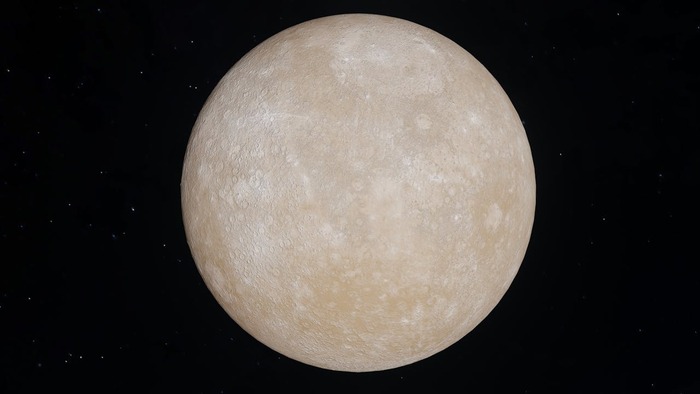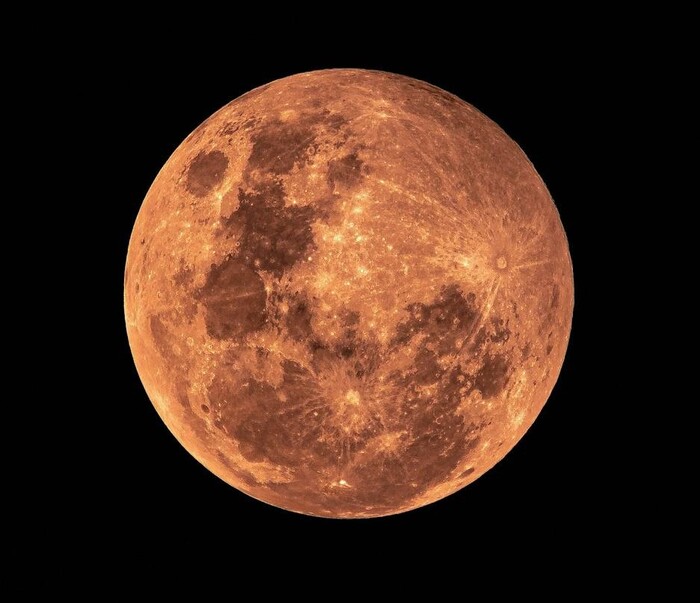
Mercury is the smallest planet in our solar system and nearest to the Sun—is only slightly larger than Earth's Moon. Its surface is covered in tens of thousands of impact craters.From the surface of Mercury, the Sun would appear more than three times as large as it does when viewed from Earth, and the sunlight would be as much as 11 times brighter.Despite its proximity to the Sun, Mercury is not the hottest planet in our solar system— that title belongs to nearby Venus, thanks to its dense atmosphere. But Mercury is the fastest planet, zipping around the Sun every 88 Earth days. Mercury is appropriately named for the swiftest of the ancient Roman gods.
Venus is a cloud-swaddled planet named for a love goddess, and often called Earth’s twin. But pull up a bit closer, and Venus turns hellish. Our nearest planetary neighbor, the second planet from the Sun, has a surface hot enough to melt lead. The atmosphere is so thick that, from the surface, the Sun is just a smear of light.In some ways it is more an opposite of Earth than a twin: Venus spins backward, has a day longer than its year, and lacks any semblance of seasons. It might once have been a habitable ocean world, like Earth, but that was at least a billion years ago. A runaway greenhouse effect turned all surface water into vapor, which then leaked slowly into space. The present-day surface of volcanic rock is blasted by high temperatures and pressures. Asked if the surface of Venus is likely to be life-bearing today, we can give a quick answer: a hard “no.”Further, Venus may hold lessons about what it takes for life to get its start – on Earth, in our solar system, or across the galaxy. The ingredients are all there, or at least, they used to be. By studying why our neighbor world went in such a different direction with regard to habitability, we could find out what could make other worlds right. And while it might sound absurd, we can’t rule out life on Venus entirely. Temperature, air pressure, and chemistry are much more congenial up high, in those thick, yellow clouds.
